Research in the howe lab
Transition state analysis
Transition states exist transiently and cannot be isolated or directly visualized. However, a combination of kinetic isotope effects and quantum mechanical calculations can be used to solve transition state structures of enzymatic and spontaneous reactions. Our group uses this transition state analysis to understand the detailed chemical mechanisms of interesting and useful solution-phase and enzyme-catalyzed reactions.
Enzyme evolution
How can enzymes provide rate enhancements of up to 1023-fold over the corresponding spontaneous reactions? This question has plagued chemists and biochemists for decades, and the issue remains hotly contested. Our work extends the question of how enzymes work to include an even more interesting issue: how did enzymes evolve to work so efficienctly? By characterizing the features that evolve concomitantly with increasingly efficient enzymes, we provide powerful insights into the precise mechanisms of evolution and the origins of enzymatic catalysis.
Enzyme engineering
Directed evolution involves the random mutation of a protein and subsequent screening for desired properties. This technique can be used to engineer enzymes with entirely new activities. While this powerful technique formed the basis of the 2018 Nobel Prize in Chemistry, the mechanisms by which directed evolution optimize new enzyme activities remain unclear. We use a combination of traditional mechanistic enzymology and transition state analysis to reveal the precise methods by which directed evolution leads to the production of novel catalysts.




